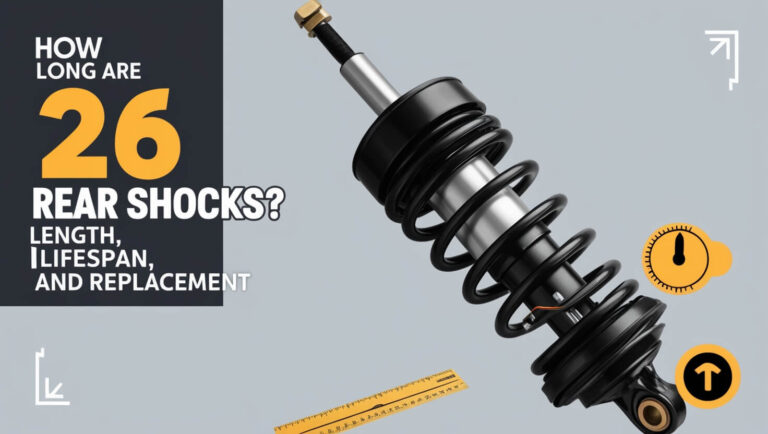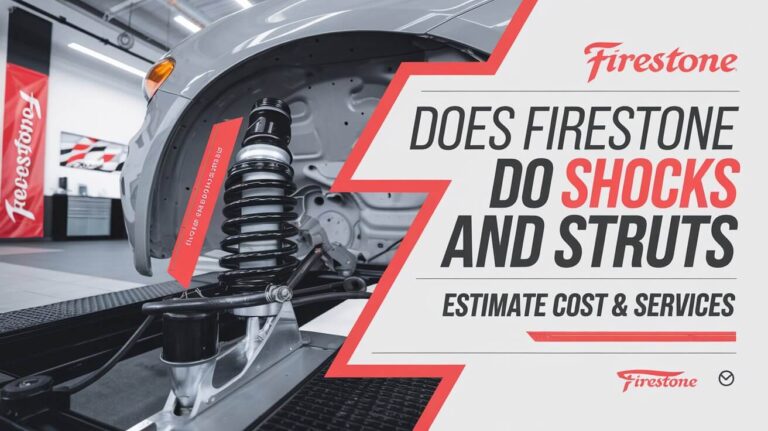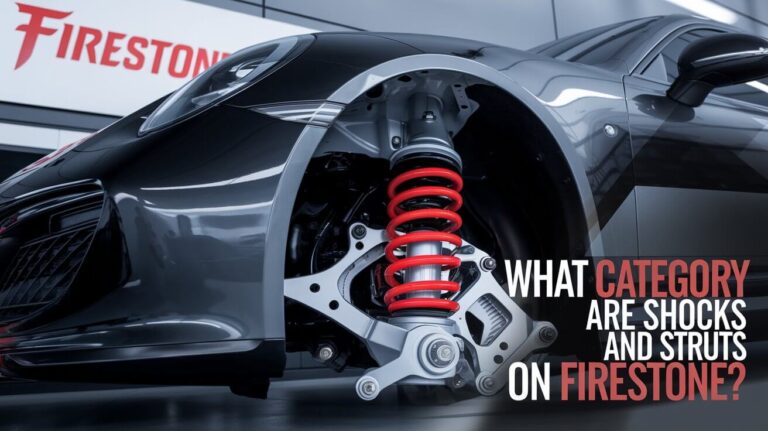What Are the Best Shocks for E-Bikes? Top Choices Explained

E-bike riders know the importance of a smooth and controlled ride, especially when navigating various terrains. The shocks, or suspension systems, in an e-bike play a crucial role in providing that comfort. Whether you’re cruising city streets, commuting to work, or tackling rugged mountain trails, the right suspension can enhance your experience. In this guide, we’ll explore the best shocks for e-bikes, covering everything from suspension types to how to choose the right one for your riding needs.
Why E-Bike Suspension Matters
When riding an e-bike, especially over uneven surfaces or rough terrain, a good suspension system can make a significant difference. E-bike suspension works by absorbing shocks and vibrations, allowing for a smoother, more comfortable ride. Without proper suspension, every bump and pothole would transfer directly to the rider, leading to discomfort and fatigue.
More than just comfort, a suspension system also improves the handling and control of the bike, allowing for better traction and stability. For riders on technical trails or in urban environments with varied surfaces, suspension helps maintain control, reducing the risk of accidents.
Suspension also affects battery life, as a well-tuned suspension can reduce energy loss by maintaining smoother contact with the ground. This allows for more efficient power transfer and better range.
Types of E-Bike Suspension Systems
Front Suspension (Hardtail E-Bikes)
Hardtail e-bikes feature front suspension, typically in the form of a suspension fork that absorbs impacts at the front wheel. This setup is ideal for commuters or riders who frequent relatively smooth surfaces with occasional bumps. Hardtail e-bikes are lighter and more affordable compared to their full-suspension counterparts. They’re well-suited for cross-country and city riding where weight savings and efficiency are more important than absorbing large impacts.
Full Suspension (Dual Suspension E-Bikes)
Full suspension e-bikes offer both front and rear suspension systems, making them ideal for off-road riders or those who prioritize comfort and control over rough terrain. The rear suspension helps to absorb impacts on the back wheel, providing more balanced shock absorption across the bike.
Full suspension bikes are generally heavier and more expensive but offer superior control and comfort on trails, rocky paths, and downhill courses. Riders who tackle aggressive terrain or technical trails will appreciate the added stability and grip that dual suspension provides.
Types of Shocks for E-Bikes
Coil Shocks
Coil shocks are built using metal springs that compress to absorb impacts. These shocks are known for their plush feel, making them great for downhill or aggressive riding. Riders who want a durable and consistent shock absorber for high-impact situations, like steep descents, will appreciate the performance of coil shocks.
However, coil shocks tend to be heavier than air shocks, and they offer less adjustability, meaning they might not suit every riding style or terrain. Coil shocks excel in maintaining traction and performance under extreme conditions but are less ideal for lightweight or cross-country riders who prioritize adjustability and fine-tuning.
Air Shocks
Air shocks use compressed air to absorb impacts, making them lightweight and highly adjustable. These shocks are often the preferred choice for trail riders, cross-country cyclists, and those who need more control over their suspension settings. By adjusting the air pressure, riders can fine-tune the shock’s firmness or softness to suit their weight, terrain, and riding style.
Air shocks provide a progressive compression, meaning they become stiffer as they compress more, offering a smooth ride on moderate bumps while maintaining firmness for larger impacts. This versatility makes air shocks a popular choice for a wide range of e-bike riders.
Comparison of Suspension Systems
Spring vs. Air Suspension
Both spring and air suspension systems have their pros and cons, and the best choice depends on your riding style and needs.
- Spring Shocks: Coil-based suspension systems are known for their durability and plushness, making them great for aggressive riding styles like downhill or enduro riding. They can handle big hits and rough terrain but come with the downside of added weight and less adjustability.
- Air Shocks: These are lighter and offer more adjustability, allowing riders to fine-tune their suspension for different terrains and riding conditions. While air shocks are less durable than coil shocks in extreme conditions, they are perfect for trail riding, commuting, and lighter e-bikes where weight and control are key.
Hydraulic Suspension
Hydraulic suspension systems are often seen in high-end e-bikes due to their advanced shock-absorbing technology. Using hydraulic fluid to absorb impacts, these systems provide smooth, consistent performance, particularly for off-road riding. Hydraulic suspensions offer precise control and allow for adjustability in terms of rebound and compression settings. This makes them ideal for riders who need advanced control over their bike’s handling in diverse conditions.
Pneumatic Suspension
Pneumatic suspension is similar to hydraulic systems but uses air pressure to cushion the rider from bumps. They are generally lighter than hydraulic systems and are easier to maintain. Pneumatic suspensions are great for riders who prioritize weight savings and are often seen in lighter e-bikes designed for urban commuting.
Best Suspension Settings for Different Terrains
The ideal suspension settings depend heavily on the type of terrain you’re riding on. Below are some general guidelines to optimize your e-bike suspension based on terrain:
- Smooth Terrain (City/Urban): On flat, paved roads, a firmer suspension setting is preferred to reduce unnecessary movement. This provides a more efficient ride, as less energy is lost to suspension movement, improving battery life and speed.
- Rough Terrain (Off-road/Trails): A softer suspension setting will help absorb larger bumps and vibrations, providing more comfort and better control over rocky, uneven surfaces.
- Hill Climbs: When climbing, a firmer suspension reduces pedal bob (unnecessary suspension movement during pedaling), ensuring that more of your energy is used for climbing rather than being absorbed by the suspension.
- Descending: A softer setting is often preferred when descending rough terrain, as it allows for better absorption of impacts and improves control by keeping the tires in contact with the ground.
Choosing the Right Shocks for Your E-Bike
Rider Weight and Suspension Performance
One critical factor in choosing the right suspension for your e-bike is your weight. Heavier riders will need stiffer suspension settings to prevent bottoming out (when the suspension reaches its maximum compression) and maintain proper control. Conversely, lighter riders should opt for softer settings to avoid an overly harsh ride.
Adjustability is key for riders of all weights, as it allows for fine-tuning the suspension to provide the most comfortable and responsive ride possible.
Adjusting Suspension for Optimal Performance
Modern e-bike suspensions offer various settings that can be adjusted to fine-tune the performance. Here are the main adjustments:
- Air Pressure (for Air Suspension): By increasing or decreasing air pressure in the suspension, you can adjust how firm or soft the ride feels.
- Preload (for Coil Suspension): Adjust the preload setting to change the initial compression of the spring.
- Rebound: Controls how quickly the suspension returns to its normal position after being compressed.
- Compression: Affects how quickly the suspension compresses under impact, which can be adjusted for different terrain types.
Top E-Bike Shocks in 2024
Best Air Shocks for E-Bikes
Some of the top air shocks available for e-bikes include models from leading brands like RockShox and Fox. These shocks are known for their high level of adjustability and lightweight design, making them perfect for trail and cross-country riders who need flexibility in their suspension setup.
Best Coil Shocks for E-Bikes
For those who prefer coil shocks, popular options include Marzocchi Bomber and DVO Jade, which are highly durable and excel in aggressive riding conditions. These shocks offer consistent performance and are ideal for riders who prioritize durability and traction over weight savings.
Do You Need Suspension on Your E-Bike?
Not all e-bikes come with suspension, and in some cases, it might not be necessary. Rigid e-bikes (those without suspension) have their advantages, including being lighter, more efficient, and less maintenance-intensive. For riders who stick to paved roads or smooth trails, a rigid e-bike can be a more affordable and practical option.
However, for riders who frequently tackle rough terrain, a suspension system is essential for comfort and control. In these cases, opting for a bike with either front or full suspension can drastically improve the riding experience.
Common E-Bike Suspension Problems and Solutions
As with any mechanical system, e-bike suspensions can experience wear and tear over time. Here are some common issues and their solutions:
- Squeaking/Creaking Noises: These can often be resolved by cleaning and lubricating the suspension pivots and bushings.
- Excessive Bouncing: This may indicate that the suspension is too soft or the rebound damping is too slow. Adjust the settings accordingly.
- Leaking Oil or Air: This requires immediate attention, as it can compromise the suspension’s performance and safety. Have it repaired by a qualified technician.
How Suspension Affects E-Bike Battery Life
Suspension indirectly impacts the battery life of an e-bike. A well-tuned suspension can help minimize energy loss due to bouncing and vibrations, improving overall efficiency. Heavier suspension components can add weight to the bike, increasing the load on the battery. However, the benefits of improved control and comfort often outweigh the small reduction in range that might result from a suspension system.
Final Thoughts on the Best Shocks for E-Bikes
Choosing the right shocks for your e-bike depends on a variety of factors, including your riding style, the terrain you’ll be riding on, and your personal preferences. For aggressive riders or those tackling technical trails, coil shocks provide unmatched durability and performance. On the other hand, riders who prioritize weight and adjustability will likelyto prefer air shocks due to their lightweight and customizable nature. Whichever type you choose, ensure it’s well-suited to your weight and riding conditions. Properly tuned suspension will not only provide a smoother, more controlled ride but also help you get the most out of your e-bike, making every ride more enjoyable.




